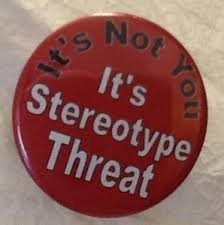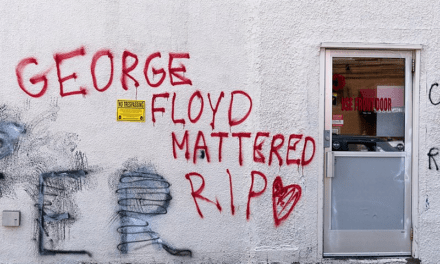
One of the Winters Group clients is a Japanese auto manufacturer. We have been working with this company for a number of years providing diversity and inclusion strategy and cultural competence education for leaders. When we first started to work with the leadership, I designed and delivered a training session on working effectively across cultures.
I thought I was pretty astute about the cultural differences that I might encounter. I actually learned how hard it can be to adapt. As a trainer and facilitator I get my energy from the group. As an African American woman whose early roots were in the black church, I like very interactive sessions where I feel I am getting feedback from the audience through body language (e.g. nodding in agreement), laughter, and questions. I was getting none of that from the leaders in the session. Many of them actually were sitting with heads bowed and I couldn’t help but wonder if they had fallen asleep!
My response to their non-responsiveness was to get more energetic, moving around the room more, modulating my voice, trying to be more playful to perhaps ignite laughter. None of my “antics” seemed to work. There were no questions, no nods of the head in agreement. Finally, one of the participants who I thought had been sleeping raised his hand and asked a very thought provoking question that proved he had indeed been listening and was very engaged. He just did not show it in the way that I was used to experiencing it.
My way of adapting was to become more expressive, more direct to try to get the participants to be more like me. Rather than assuming that they were just listening in another way, I interpreted from my “lens” and experience.
From this encounter, I learned that our own world views and cultural preferences are so deeply engrained that even those of us who are sensitive to and have been trained in cultural competence, don’t always know exactly how to adapt. In hindsight rather than trying so hard to get a response so I would be more comfortable, I should have put more reflection time and small group discussion opportunity into the design.
This is a great example of why we say cultural competence is a continuous learning process!


















